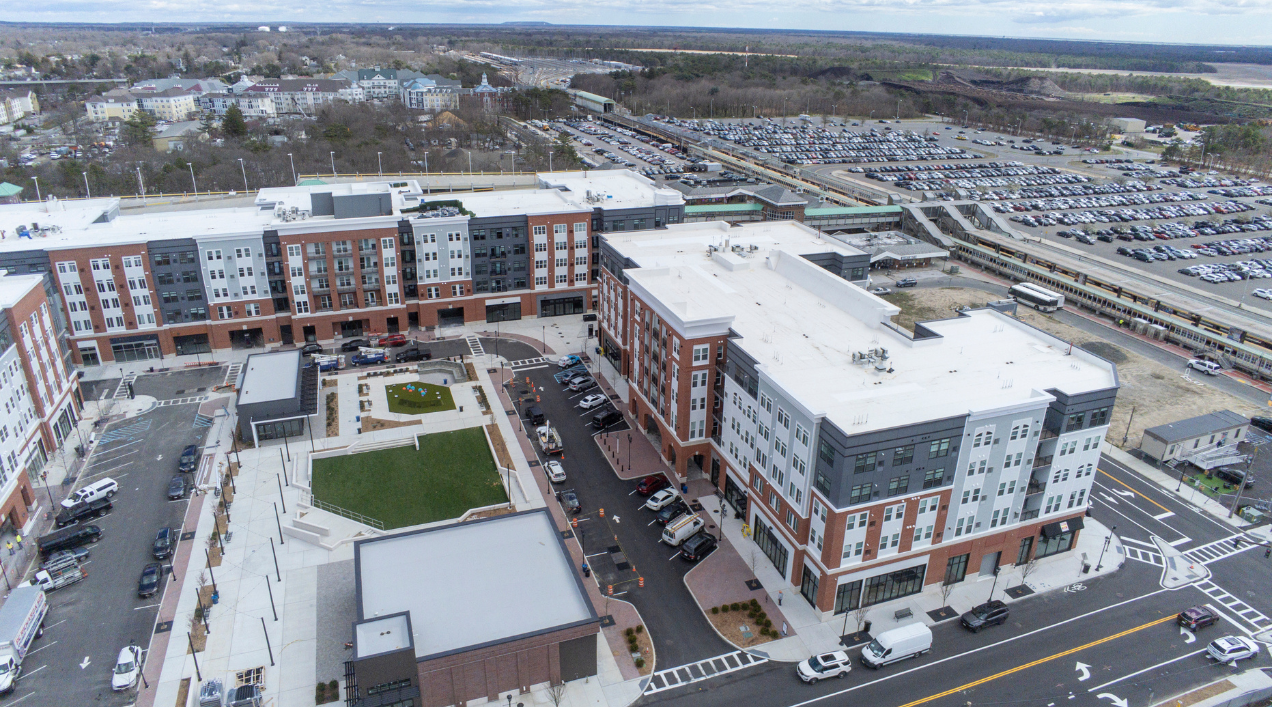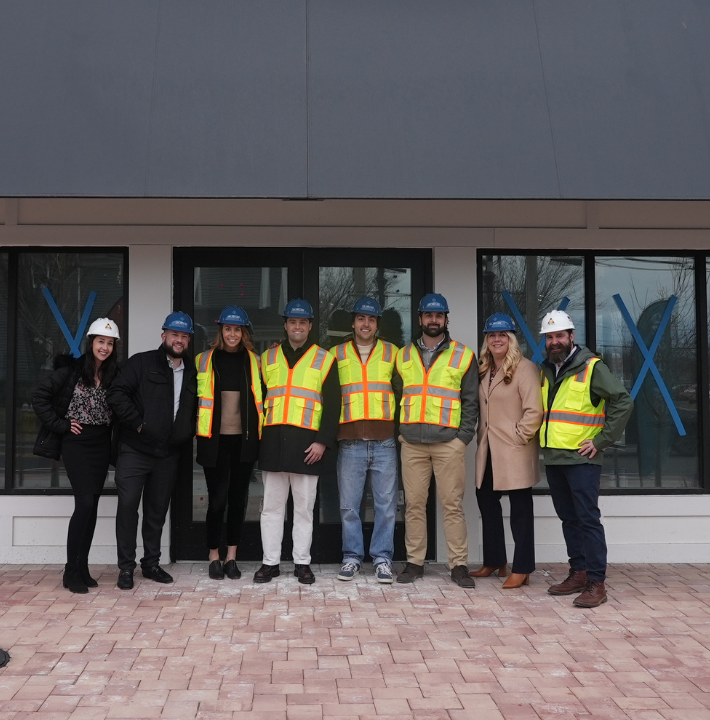The dearth of available housing has had a noticeable effect in local communities, where many share concern about the exodus of young working-age people leading to economic decline.
According to a 2019 report from the Long Island Community Foundation, 55% of Long Island residents aged 20 to 34 live with their parents or other older relatives. The same report also states that an average Long Island household spends 23% of income on transportation costs, due in large part to the scarcity of rental housing options that are close to work, which increases reliance on cars.
“Our current housing stock was built for a different demographic,” says Kelley Heck, executive vice president of development for Tritec Real Estate in East Setauket. The firm has gone all-in on transit-oriented development locally, with a portfolio that counts projects in Patchogue, Lindenhurst, Port Jefferson and Ronkonkoma among its successes.
“TODs create an environment that is beautiful and accessible, without the monetary hurdles associated with home ownership,” Heck says.
Rental developments close to transit also address the housing shortage in a way that promotes smart growth by offering a sustainable model for planning that fits the current needs of communities, explains Heck. “A vibrant neighborhood center near downtown or with an active ground level facilitates social interaction and creates a sense of place,” she says.
Heck also acknowledges that the approach to housing in our communities is in need of updating to address today’s environment. “Long Island has beautiful scenic landscapes, but our development history has created significant suburban sprawl,” she says. “TODs allow us to protect Long Island’s remaining open space without sacrificing the ability to grow as a region.”
Read the full article in Long Island Business News.

